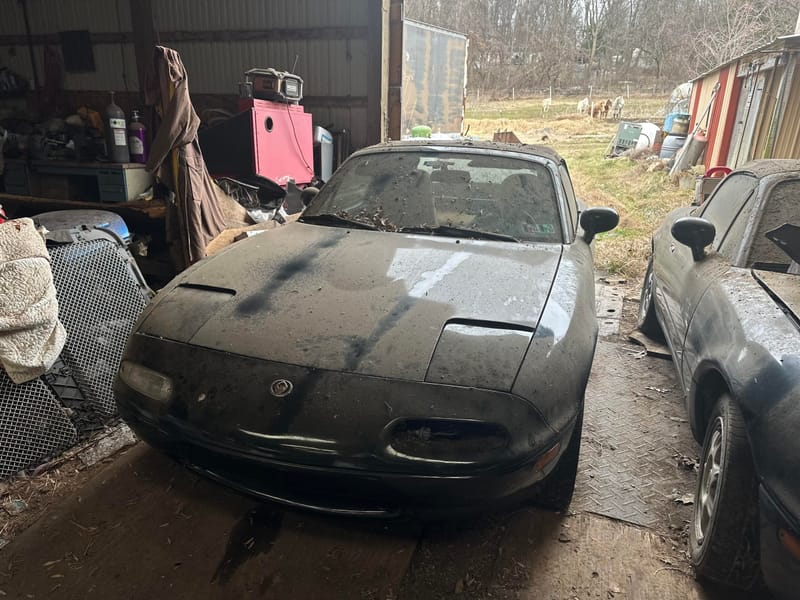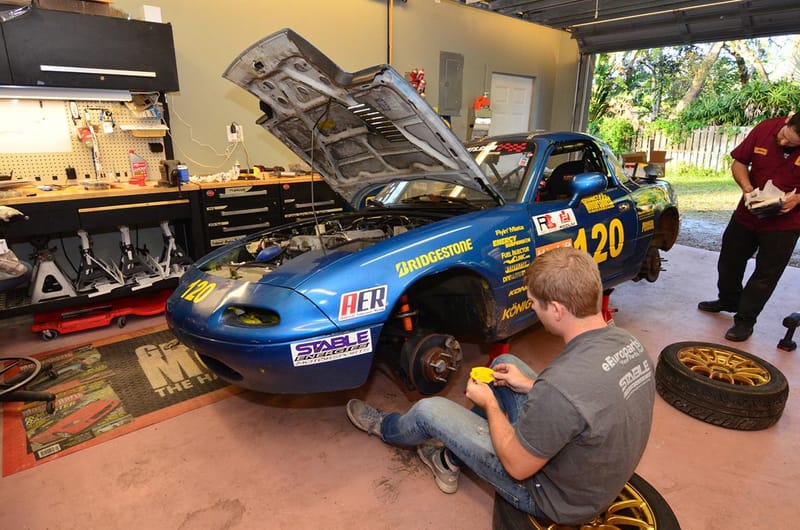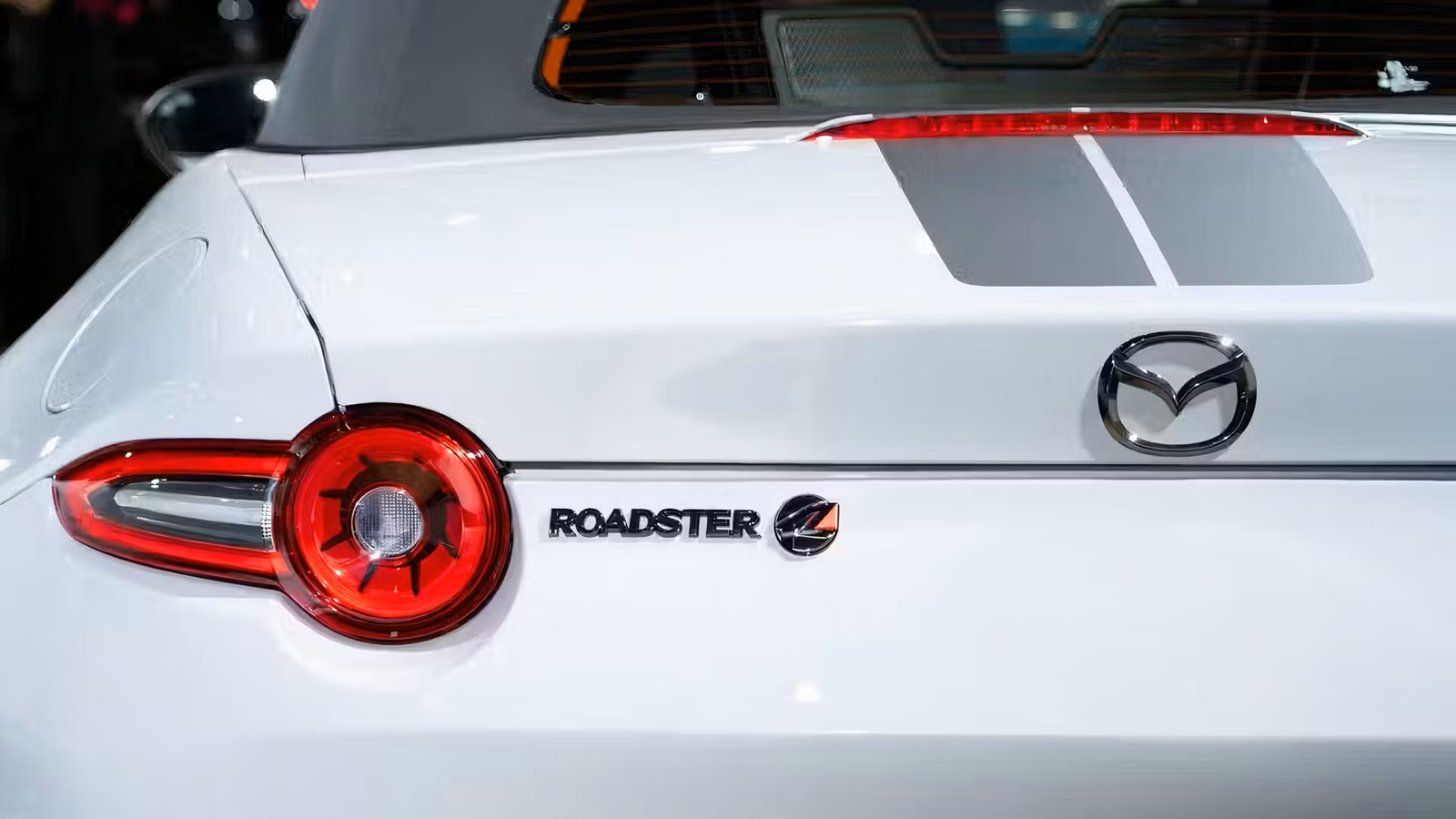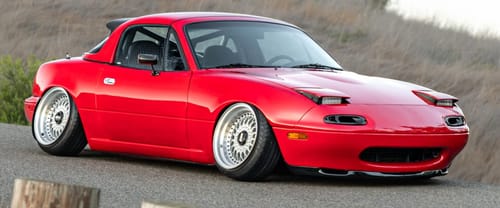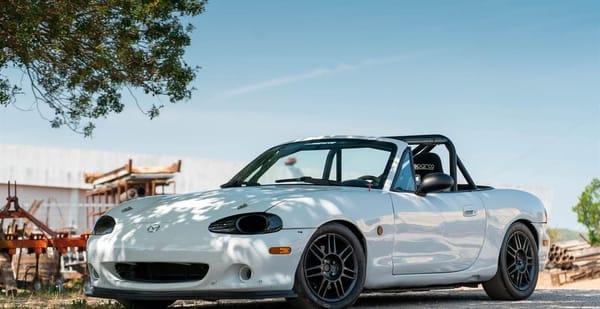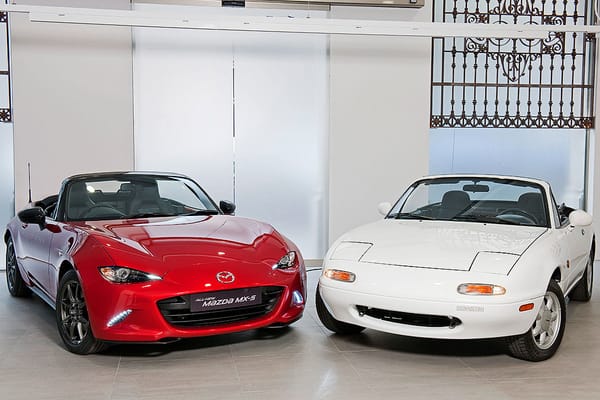Daily Driving Your ND Miata
We all know miata is always the answer, but can it handle the realities of daily life? Let's break down the pros and cons to help you decide.
Stories
Revive Your Miata’s Faded Paint (DIY Guide)
Revive your MX‑5’s paint from dull to dazzling with this step-by-step polishing and restoration guide.
NA
Classic vs. Modern: Comparing the NA and ND Miatas
For over 30 years, the Mazda Miata has been the go-to choice for anyone looking to experience the pure joy of driving a lightweight, affordable sports car. Across its four generations, the Miata has consistently stayed true to its philosophy of delivering fun on four wheels. But how does the origina


